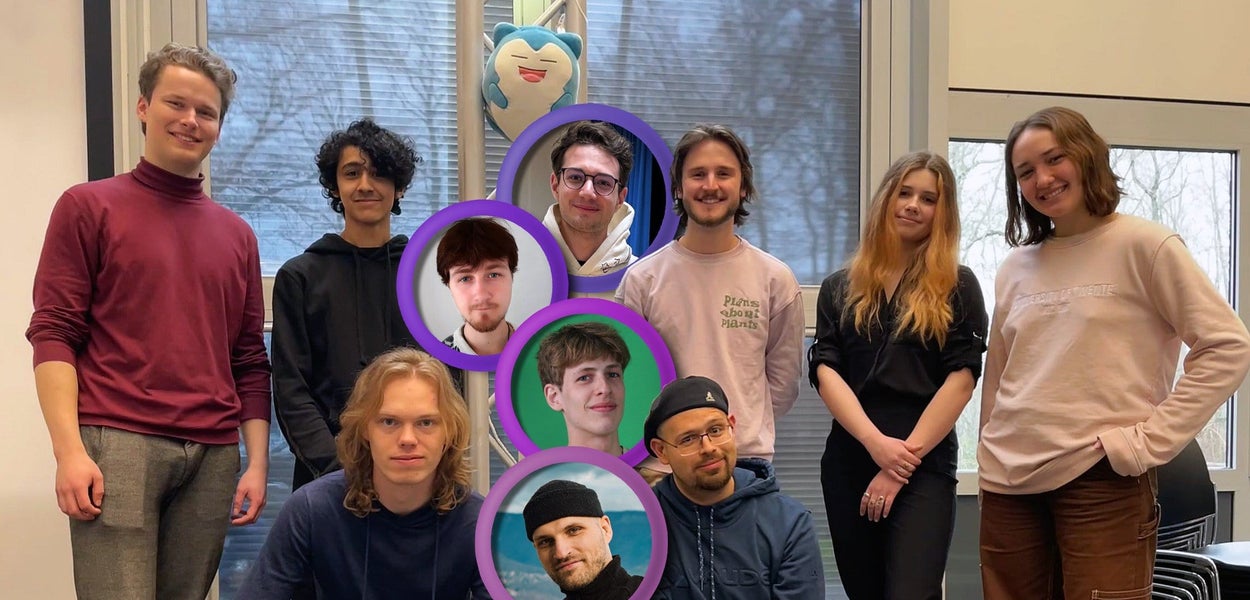The impact of interface innovation in VR experiments

Researchers are developing a VR waiting room to minimise the impact of interface innovation on HMD-VR experiments.
The impact of interface innovation in VR experiments
In the field of human behaviour research, Head-Mounted Display Virtual Reality (HMD-VR) has rapidly emerged as a powerful tool. However, its growing popularity comes with a unique challenge: researchers may become captivated by the novelty of the experience, which could influence research outcomes. A team within the Smart Societies impact coalition, led by Marcello Gómez-Maureira (Human Media Interaction, UT) and Tilo Hartmann (Virtual Reality and Communication, VU), is investigating how to address this impact with the help of ten Creative Technology students.
Waiting room
The idea is to introduce a baseline VR scene in the form of an interactive waiting room, which participants enter before the actual VR experiment begins. This waiting room allows future participants to explore fundamental VR functions and familiarise themselves with the interface.
VR setup
While in the waiting room, biometric data such as eye tracking, heart rate, facial reactions and movements are also collected. Together, these measurements establish a baseline for exploring an interactive VR environment. The CreaTe student team is currently developing the VR setup and investigating how participant data can be gathered effectively.
Interested in this project?
Get in touch with Marcello A. Gómez-Maureira via m.a.gomezmaureira@utwente.nl.
